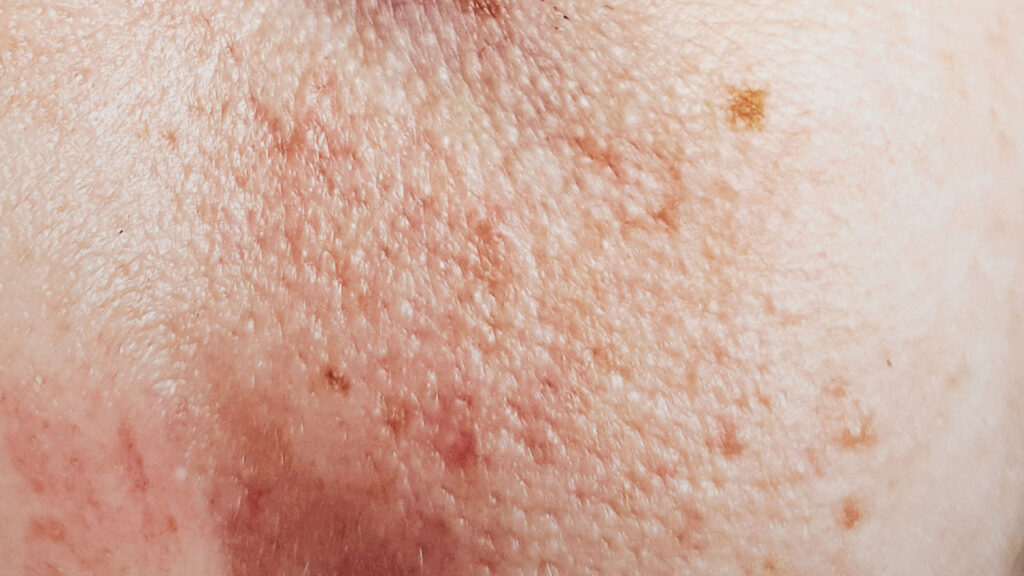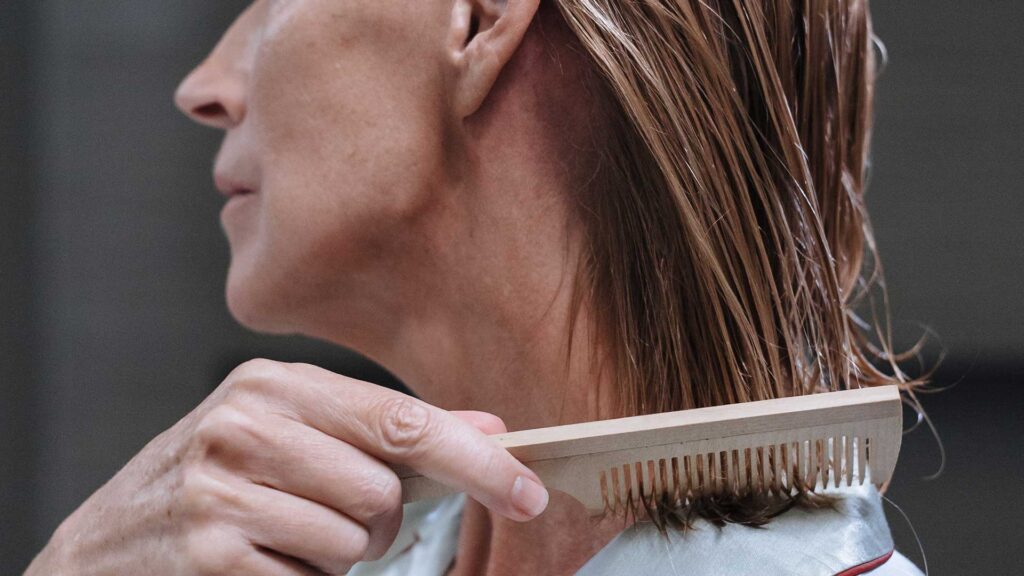In an era where beauty devices promise transformative results at the touch of a button, the quest for flawless skin has led many to explore an array of innovative tools. However, the allure of these devices comes with a cautionary tale, particularly when they lack the stamp of approval from the U.S. Food and Drug Administration (FDA). In this post, we unravel the pros, cons, pitfalls, and potential liabilities associated with the use of beauty devices that haven’t earned the FDA’s clearance.
Pros of Non-FDA Cleared Beauty Devices:
1. Accessibility and Affordability:
– One of the main advantages is the accessibility and affordability of non-FDA cleared devices. These products often enter the market swiftly and are more budget-friendly compared to their FDA-cleared counterparts.
2. Innovative Technologies:
– Non-cleared devices may introduce cutting-edge technologies that, if proven effective and safe, could revolutionize skincare routines. Early adopters often seek out these devices in pursuit of the next big breakthrough.
Cons and Pitfalls:
1. Safety Concerns:
– Non-FDA cleared devices may not undergo the rigorous testing and scrutiny required to ensure their safety. Users risk exposing their skin to unverified technologies, potentially leading to adverse reactions, burns, or long-term damage.
2. Efficacy Uncertainty:
– Without FDA clearance, there is limited assurance regarding the effectiveness of these devices. Claims made by manufacturers may lack scientific validation, leaving consumers in the dark about the actual benefits they can expect.
3. Lack of Regulatory Oversight:
– Non-cleared devices operate in a regulatory gray area. The absence of strict oversight can result in the proliferation of substandard products, making it challenging for consumers to distinguish between devices that deliver results and those that pose risks.
Liabilities and Case Studies:
1. Example 1: Skin Reactions to Non-Cleared Light Therapy Devices:
– Reports have surfaced of individuals experiencing adverse skin reactions, including burns and irritation, from light therapy devices lacking FDA clearance. The absence of regulatory oversight contributed to the widespread availability of these devices without adequate safety assessments.
2. Example 2: Non-Cleared Radiofrequency Devices and Burn Incidents:
– Instances of burns and scarring have been associated with the use of non-FDA cleared radiofrequency devices. These incidents highlight the importance of regulatory clearance in ensuring that devices meet safety and efficacy standards.
*** Note (not intended to replace professional legal advice): Insurance coverage may not extend to injuries sustained by devices not cleared by the FDA and the clinician may be personally liable for all damages. Always seek professional legal advice related to your personal State laws and specific situations. ***
Conclusion: The Importance of FDA Clearance
While the allure of non-FDA cleared beauty devices may be tempting, it’s crucial to weigh the risks against the potential benefits. The FDA clearance process serves as a safeguard, providing consumers with the confidence that a device has undergone rigorous testing for safety and efficacy. Opting for FDA-cleared devices reduces the likelihood of encountering unforeseen pitfalls and liabilities associated with unregulated products.
Before incorporating any beauty device into your skincare routine, prioritize research and choose products that have received FDA clearance. Your skin’s health is an investment deserving of tools that have undergone the scrutiny necessary to ensure both safety and effectiveness. In the evolving landscape of beauty technology, an informed consumer is an empowered one.

Dr. Joanna Smith, DNP, MSN, RN, MBA, SSGB, RT, LE, CLT
President & CEO
Integrated Medicine Institute, Inc.



